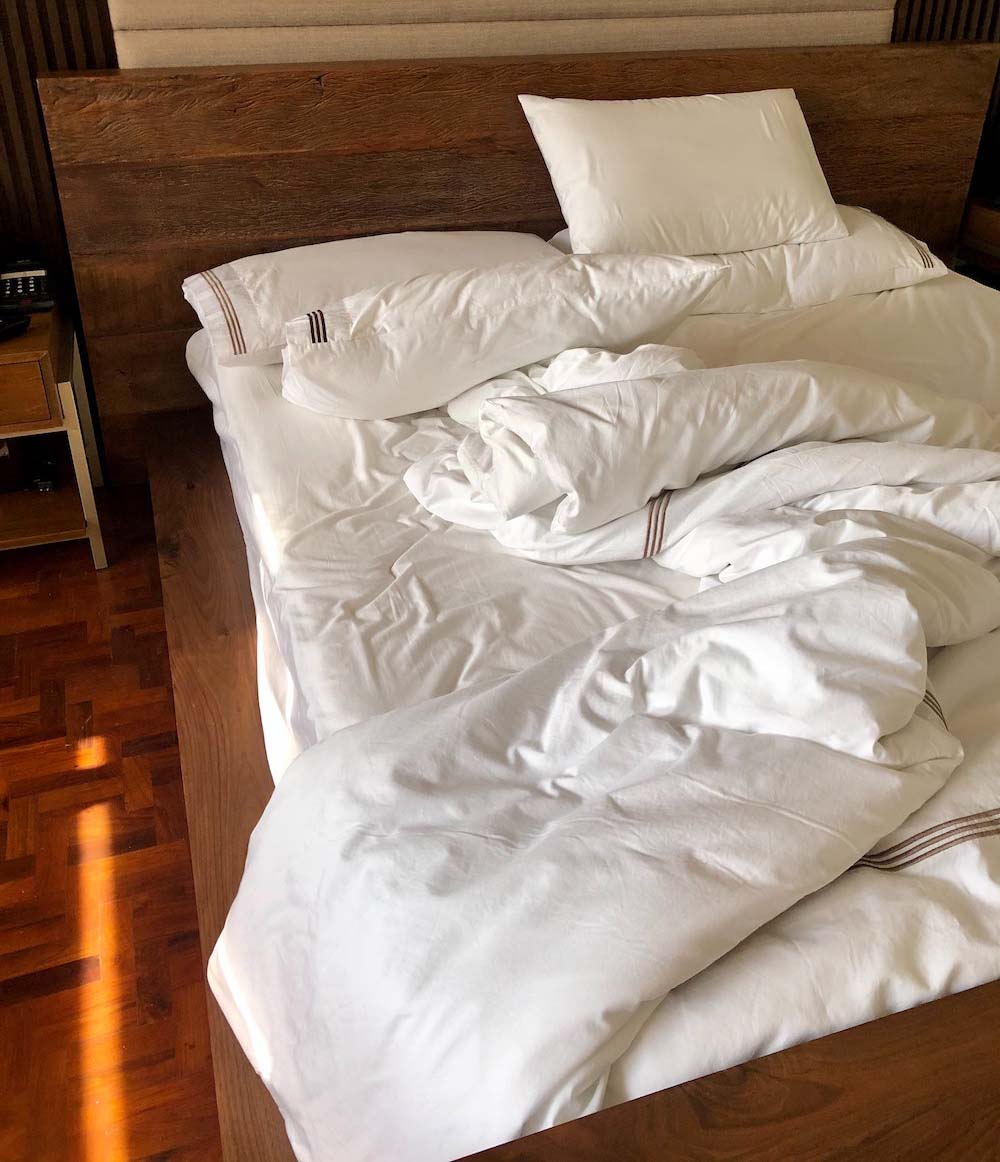We spend so much of our lives caring for others that it’s all too easy to forget that we need to take care of ourselves. How often do you simply take time to work on and care for yourself?
Self-care, like bathing should be a habit we practice daily rather than waiting until we reach breaking point to do something about it.
And the power of touch through reflexology is an amazing way to feel better.
What is reflexology?
Reflexology is a type of massage that is predominantly performed on the hands and feet, by applying pressure and other manual techniques to specific reflex areas, which help provide whole body holistic healing.
The origin of reflexology
Its origins can be traced back to ancient times, specifically in India, China and Egypt, but reflexology as we know it was introduced to the western world in the early 1900s.
In the 1890s, neurologist Dr Henry Head discovered that there was a relationship between the skin and the internal organs. This relationship was investigated further by Dr William Fitzgerald in Vienna in the 1900s, who discovered that when pressure was applied to certain bony prominences on the body, a reflex response happened on another part of the body, and that all these reflex responses occurred in longitudinal zones of the body. He further discovered that by working on one zone affected everything within that zone. This became known as Zone Therapy.
It wasn’t until the 1930s that Eunice Ingham evolved Zone Therapy into what we now call Reflexology through the use of reflex techniques on the hands and feet. He did this by mapping out the feet to show what parts of the body each part of the foot corresponded to, and therefore which organs and systems of the body these reflex techniques had a beneficial effect on.
And whilst it is relaxing to receive reflexology from a trained professional, it is possible to perform reflexology on yourself to achieve better physical and emotional wellbeing.
How to perform self-care reflexology
Let’s face it most people have ticklish feet, but if you overcome the urge to giggle, this is a simple self-care idea will help you relax, improve your general wellbeing, stimulate your circulation and can help relieve minor ailments.
As always though please check with your doctor beforehand, especially if you are suffering from a pre-existing medical condition.
Before starting your self-care reflexology make sure your feet are clean, warm and relaxed. You could always turn it into a complete spa session by soaking your feet in warm water and adding beautifully scented bubbles before drying and massaging with your favourite scented lotion or oil.
Suggested read: Bone setting. Would you be brave enough to try?
Simple foot reflexology method
- Make sure you are sitting comfortably on the floor or on a chair
- Bend your right knee and place the right foot on your left thigh, making sure you can see the sole of your right foot
- Increase the circulation in your foot by rubbing it and wringing it like a towel (gently of course) for a few minutes
- Then hold the foot firmly between both hands and gently start massaging your foot
- Start with the toes, remembering to massage in between the toes
- Then massaging in a diagonal or horizontal direction move to
- the foot pads
- the middle of the foot
- the heel area of the bottom of your foot
- Next massage the top of your foot, finding the valleys between the bones and walking your fingers down from toe to ankle
- Gently press and release either side of your ankle bone
- Finally use your fingers to walk up and down the outside of your feet
- Rub and wring your foot again
- Place the left foot on the right thigh and repeat
It is important to be aware of how your body reacts as you massage the different areas of the foot. If you find any tender or sensitive areas treat them with extra care as they could indicate an underlying condition.
If you don’t fancy touching your own feet, I know some people don’t, then once life gets back to some semblance of normality following lockdown why not treat yourself to regular sessions with a professional reflexologist to keep you calm and relaxed in mind, body and spirit?
Until next time darlings.
Claire




